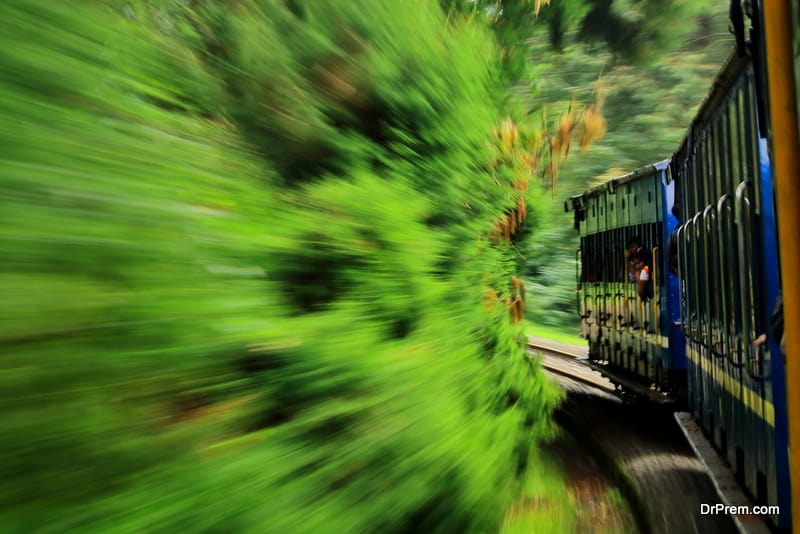DFW Grotto, the local caving association is organising an outing to Jester Caves, Oklahoma on February 9. Since I am on their mailing list I got the information and contemplating to participate.
At 6.25 miles Jester caves are the longest Gypsum caves in the US. Gypsum karst is very rare and it depends on deposits of gypsum or anhydrite, often also called alabaster. Chemically it is calcium sulfate CaSO4. Gypsum is much rarer than limestone, as it needs very special conditions such as a depression, in which sea water is trapped and evaporated to form gypsum deposits. For this to happen it has to be an arid part of the world. Gypsum is deposited when sea water is evaporated by the sun and the concentration of numerous salts in the water grows. Rain would revert this process and dissolve the gypsum.
Most of all there should be a constant but temporary connection to the sea, to ensure continuous or periodical (sea) water efflux, to allow the deposit of a decent amount of gypsum. If there is no (temporary) connection to the sea, the layer would be rather thin. Now you have gypsum, but there is another problem: water is able to dissolve gypsum without the complicated CO2 stuff with limestone. And it will do it much faster and be able to dissolve a much higher amount!
Jester cave stats: Surveyed length: 33,022 ft. (6.25 miles). Longest gypsum cave in the United States, with 68 known entrances, although you can travel great distances in the cave without finding any. They tend to cluster in the side passages. Main trunk is just under two miles in length. A believed to be authentic Jesse James signature is carved on a piece of breakdown just inside the window section of the cave (just inside the southernmost entrance). It is badly weathered and hard to read. There is a very small crawl just inside the same area that is man made. It was some kind of mine dug out in the early 1900’s.
Almost all the fish and turtles that are present in the cave are somewhat cave adapted, having lost a lot of their surface coloring. I’ve been told that when brought back out they will regain it, though I’ve never tested this theory. The catfish are almost fearless, probably from being at or near the top of the food chain in the cave.
Apart from fish and turtles there are other biota in the cave including and not limited to: Myotis velifer (cave bat), Plecotus townsendi (western big-eared bat), Eptesicus fuscus (big brown bat), Pipistrellus subflavus bat, Pipistrellus hesperus, Western diamondback rattlesnake, prairie rattler, black rat snake, bull snake, corn snake, snapping turtle, jeweled box turtle etc.
It definitely promises to be an interesting outing during which the organisers also hope to clean up the cave, bring back trash, try to erase graffiti on cave walls etc. Does this sound familiar? of course… graffiti, trash and waste inside caves are widely perceived to be only in third world countries like India. But first world countries and so called advanced societies also have similar problems. Since population is less here it is not seen in the open… that is all.



